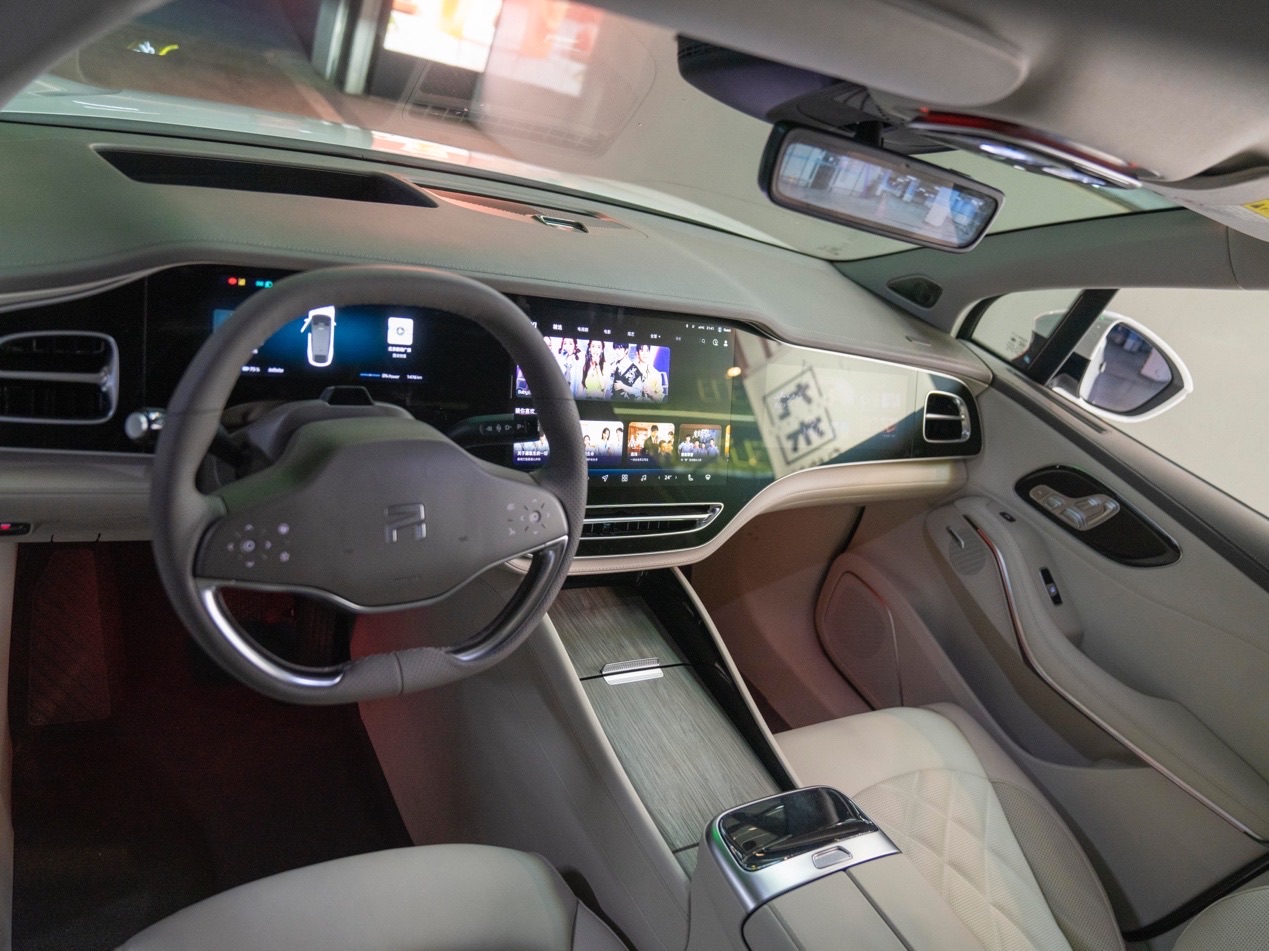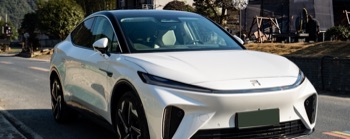As some of the R7 owners have started to receive the OTA updates, many of them have shared their experience with the newly added features such as MiGu Quick Game, Task Mode, and Center Console Streaming Rearview Mirror, while my own R7 was also updated timely. Among all the new features, what I actually care the most is the extension of coverage area of the highway pilot assist.
【Significance of Development】
As for the other OTA updates, few drivers show particular interest in the newly added cities and routes in the highway pilot assist. For those who are not accustomed to using this function, the increased coverage area does not matter much. For those who tend to rely more on this function, the increased coverage area may only expand the range instead of bringing a strong perception. However, to my point of view, the calibration of the highway pilot assist is a very important step for the future development of FLYINGCAR.
【Mutual Promotion of Automakers and Car Owners】
For new automakers, especially for those like FLYINGCAR that aspire to build their own RISING PILOT eco-driving system, having more products equipped with the pilot assist will result in more eco-driving data being uploaded and optimized on the cloud, which is beneficial for the research and development of higher-level pilot assistance features. This is relatively easy to understand, but it leads to a situation where automakers need a large amount of eco-driving data for research and development, while car owners cannot provide any data without using the pilot assist. Similarly, if car owners want better pilot assistance functions, automakers need to develop better products. This is a mutually supportive process. Therefore, for small-scale automakers like FLYINGCAR, they can only invest and run data themselves, use better products to attract more attention and consumption.
【Dots Turn into Lines and Lines into Planes】
Therefore, although this OTA update has only increased the coverage of some cities and routes for the highway pilot assist, each city is a “dot”, and expanding the “dots” across the country will gradually form “lines”, which will then develop into a regional coverage in the future. For example, the “line” from Shanghai to Guangzhou has been fully covered by the highway pilot assist, and in the future, FLYINGCAR only needs to steadily build “dots” and form connections, and the coverage area of the pilot assist will naturally expand.

【Additional Advantages】
Of course, the advantages of deploying intelligent navigation routes are multifaceted. For example, for the battery swap stations that Feiteng is heavily building, the calibration along the high-speed navigation route provides a reference for the comprehensive selection of the swap station location. In the later stages, the average recharge interval can be calculated through the backend data provided by the high-speed navigation. This can minimize the interval distance under the premise of completing the recharge and swap on the way, which not only saves cost, but also achieves precise planning with the help of the OTA’s “Recharge Planning” function. Therefore, all of these advantages are interdependent. From this perspective, is it clear that the deployment of high-speed navigation by Feiteng has significance? As an owner of R7, one hopes to see Feiteng become better and better in the future!
This article is a translation by ChatGPT of a Chinese report from 42HOW. If you have any questions about it, please email bd@42how.com.
